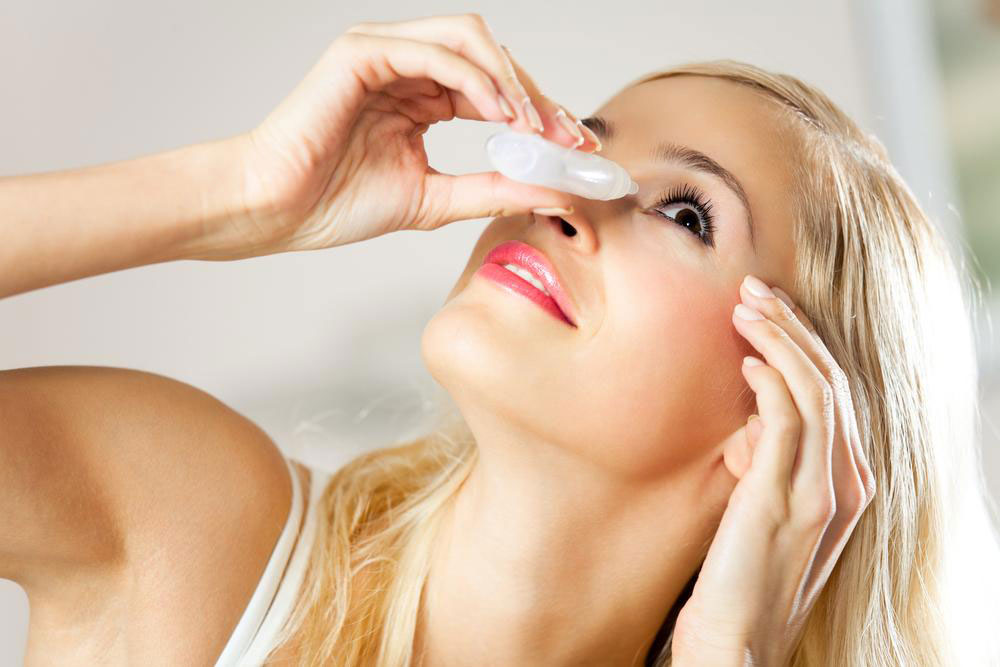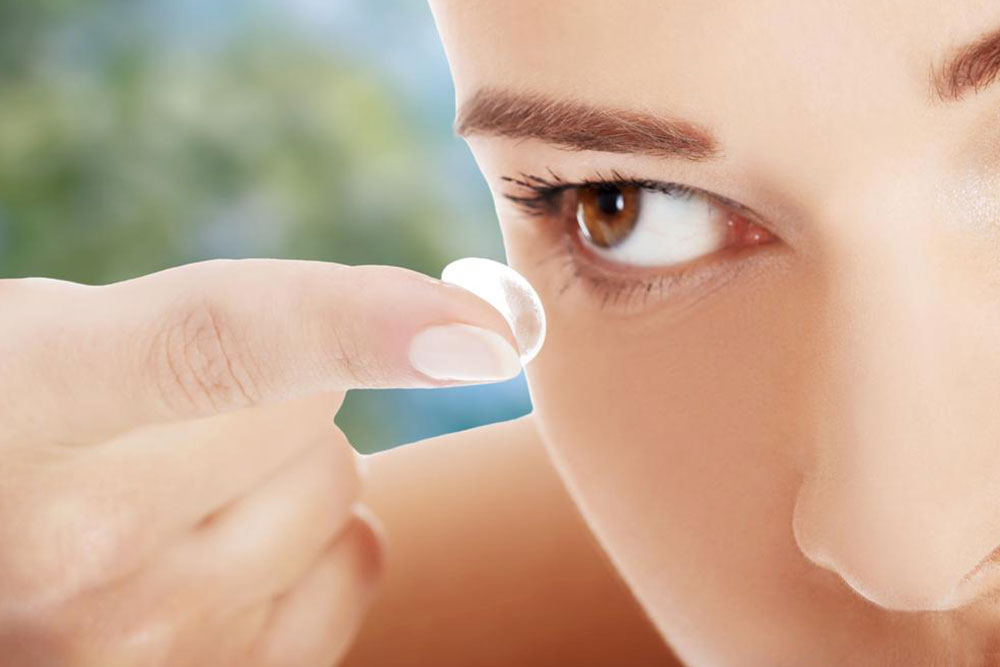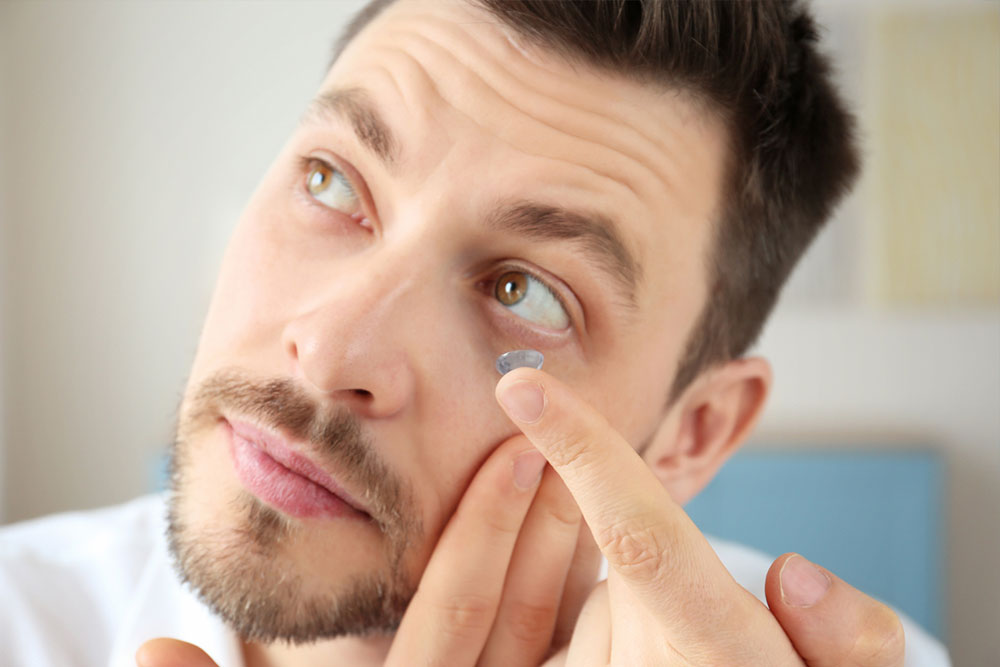Comprehensive Guide to Selecting the Best Contact Lenses for Managing Dry Eyes
This comprehensive guide explores how individuals with dry eyes can select the most suitable contact lenses for comfort and eye health. It covers aspects such as lens material, water content, size, and compatibility with eye drops, providing practical advice to improve wearing experience and prevent discomfort. Regular consultation with eye care professionals is emphasized to ensure optimal choices. The article aims to help dry eye sufferers enjoy the benefits of contact lenses without sacrificing eye health or comfort.

Expert Tips on Choosing Contact Lenses Suitable for Dry Eye Sufferers
Ensuring optimal eye health is a vital aspect of overall wellness, and overlooking eye care can lead to a wide array of issues ranging from simple irritations to severe complications. The spectrum of common eye conditions includes allergies, seasonal conjunctivitis, bacterial or viral infections, and various vision impairments. For individuals dealing with multiple eye concerns simultaneously, finding the most effective and comfortable solutions can be daunting. Among these concerns, dry eyes paired with vision difficulties are particularly prevalent and challenging.
In recent years, contact lenses have become the preferred corrective option for many, surpassing traditional eyeglasses in popularity. Currently, over 30 million Americans opt for contact lenses daily, appreciating their convenience, aesthetic appeal, and unobstructed view. However, for individuals with dry eyes, wearing contact lenses can sometimes exacerbate discomfort, making it crucial to select the right lenses tailored for such conditions.
Although contact lenses offer numerous benefits, including aesthetic appeal and convenience, their compatibility with dry eye conditions requires careful consideration. Inappropriate lens choice can lead to increased dryness, irritation, and even potential damage to the eyes. Therefore, understanding factors such as lens material, water content, fit, and compatibility with eye drops is vital in making an informed decision. Proper selection ensures that contact lenses serve their purpose without compromising eye health.
Let’s explore comprehensive strategies for choosing the most suitable contact lenses when dealing with dry eyes, helping you maintain comfort and protect your vision.
To begin with, it’s important to understand the relationship between dry eye syndrome and contact lens wear. Dry eye syndrome, characterized by insufficient tear film production or rapid tear evaporation, results in symptoms like persistent irritation, redness, a gritty sensation, and inflammation. These symptoms make contact lens wear uncomfortable or even painful, especially if the lenses are not designed to accommodate such conditions.
When inserting contact lenses into eyes affected by dryness, the lack of sufficient natural lubrication not only increases discomfort but can also lead to minor abrasions and potential infections. Therefore, selecting lenses that are specifically designed to mitigate these issues is critical for dry eye sufferers.
Hydrating Eye Drops and Compatibility
One effective way to enhance comfort for dry eye contact lens users is incorporating lubricating eye drops. Many modern contact lenses are compatible with artificial tears, which can help moisten the lenses and reduce irritation. For those with more severe dryness, ophthalmologists may recommend specialized procedures or eye drops that enhance tear production, prolong moisture retention, and improve contact lens comfort.
Lens Material and Material Compatibility
The best contact lenses for dry eyes are typically made from soft, flexible materials that are both ultra-thin and highly breathable. These lenses are usually constructed from advanced hydrophilic plastics or silicone hydrogel materials that allow increased oxygen flow to the cornea—crucial for maintaining eye health. Moreover, lenses containing water-based hydrogels maintain their flexibility and hydration, helping to minimize dryness. Disposable daily lenses are often preferred because they reduce protein and deposit buildup, which can otherwise drain moisture from the eyes and increase discomfort over time.
Water Content and Its Impact
Contact lenses vary in water content, which influences their comfort and suitability for dry eyes. Lenses with high water content (above 50%) may seem more hydrating but can actually cause more evaporation, worsening dryness. Conversely, lenses with moderate or low water content often retain moisture better for dry eye sufferers. Selecting lenses with an optimal water percentage involves trial and adaptation under professional guidance to find the most comfortable experience.
Lens Size and Design Considerations
Standard contact lenses approximately 9 millimeters wide cover just the iris, but larger lenses covering more of the eye, ranging from 15 to 22 millimeters, can offer better moisture retention by reducing evaporation rates. These larger lenses also typically allow for better oxygen exchange, promoting healthier eyes while preventing dryness. Additionally, lens design features such as moisture chamber technology or edge lift can further enhance comfort for individuals with dry eyes.
Choosing the right contact lenses for dry eye conditions involves a combination of understanding your specific symptoms and consulting with eye care professionals. They can recommend the most suitable materials, lens types, and care routines tailored to your needs, ensuring long-term eye health and comfort. Remember, regular eye examinations are crucial to monitor the health of your eyes and adapt your lens choices as needed.





